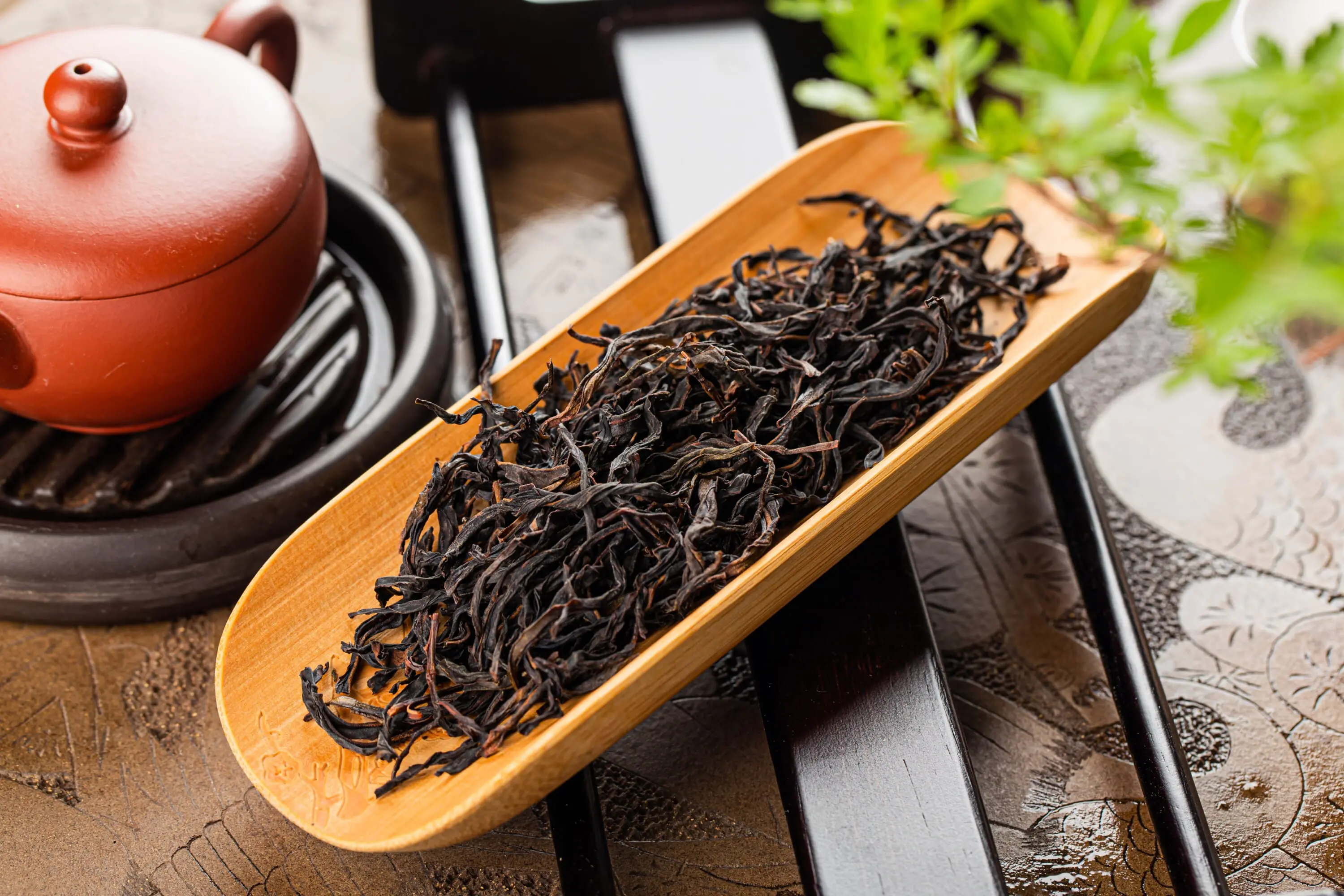Whether you’re whisking up a frothy bowl of matcha or cooling off with mugicha in the humid summer, there’s a Japanese tea for every mood and moment. Here’s a closer look at some of Japan’s most beloved teas and how to enjoy them.

Matcha (Green Tea Powder)
If Japanese tea has a poster child, it’s matcha. This powdered green tea, ground from kabusecha (shade-grown leaves), is the heart of the traditional tea ceremony. Its flavor is bold and slightly bitter, with a creamy texture when prepared right. Packed with antioxidants, it boosts metabolism, enhances focus and provides a steady release of caffeine without the jitters. Traditionally enjoyed in Japanese tea ceremonies, matcha is also used in lattes, sweets and even savory dishes such as ramen and soba noodles. If you want to try and make your own at home, invest in a chasen bamboo whisk and whisk in a zigzag motion for that signature froth.

Hojicha (Roasted Green Tea)
Hojicha is green tea with a twist — roasting the leaves over charcoal transforms it into a toasty, amber-hued brew with a nutty aroma. The process strips away most of the caffeine, making it a go-to for unwinding at night. Its flavor is warm, mellow and slightly sweet, free of the bitterness found in other green teas. Hojicha is typically enjoyed hot, though its smoky depth also makes it a refreshing cold brew. Many Japanese cafés are now using hojicha in lattes and desserts, adding a roasted richness that complements the milk beautifully.

Genmaicha (Brown Rice Tea)
If you like your tea with a little crunch, genmaicha is for you. This blend of green tea and toasted brown rice carries a distinctive popcorn-like aroma and a nutty, savory taste. Originally called the “people’s tea” for its affordability, genmaicha has since become a staple across Japan. Lower in caffeine than pure green tea, it’s easy to drink throughout the day. Most people brew it hot, but a cold infusion brings out a lighter, sweeter side. For an extra kick, some variations add a touch of matcha, known as matcha-iri-genmaicha.

Sencha (Green Tea)
Sencha is Japan’s everyday green tea — bright, grassy and slightly sweet when brewed just right. It’s packed with catechins and powerful antioxidants that support heart health and digestion. Unlike matcha, where you consume the whole leaf, sencha is steeped, meaning the flavor depends on water temperature. Too hot, and it turns bitter. Just right — at around 70° Celsius — and you get a smooth, umami-rich cup. Sencha is typically served warm, but cold-brewed sencha has a sweeter, silkier taste, making it a refreshing summer drink.

Bancha (Coarse Green Tea)
Bancha is the unsung hero of Japanese green teas. Harvested later in the season, its leaves are larger and heartier than sencha, giving it a mild, earthy taste with lower caffeine. It’s the kind of tea you drink casually. People often have it at home, with meals, or as a midday reset. Bancha is also rich in minerals such as calcium and iron, making it a healthy choice. Some variations, like Kyobancha (made in Kyoto), are roasted for a deeper, smoky sweetness.

Mugicha (Barley Tea)
Mugicha is summer in a glass. Made from roasted barley, this caffeine-free tea has a toasty, slightly bitter edge that’s as refreshing as it is nostalgic for many Japanese households. It’s believed to aid digestion, making it more than just a thirst quencher. Mugicha is almost always brewed in large batches and served cold, making it a go-to alternative to sugary drinks during Japan’s humid summers.

Oolongcha (Oolong Tea)
Oolongcha is Japan’s take on the classic Chinese oolong, sitting between green and black tea in both oxidation and caffeine levels. Its floral, slightly roasted profile makes it smooth and easy to drink. Many people turn to oolongcha after meals since it aids digestion and helps break down fat. You’ll find it served hot in restaurants, but in Japan, it’s just as common to drink it chilled from vending machines and convenience stores.

Kobucha (Kelp Tea)
Not to be confused with the fermented drink kombucha, Japanese kobucha is made by steeping dried kombu (kelp) in hot water. The result is a broth-like, umami-rich tea with a hint of oceanic saltiness. Packed with minerals like calcium and magnesium, kobucha is often sipped for digestive health and hydration. Some variations also include ume-kobucha, where freeze-dried plum strips are added to the mixture for an extra punch.

Sobacha (Buckwheat Tea)
Sobacha is what happens when roasted buckwheat kernels meet hot water. It’s sweet, nutty and naturally caffeine-free. This golden-hued tea is a go-to for those looking to support circulation and gut health, thanks to its high rutin and fiber content. Sobacha can be enjoyed hot or cold, and unlike most teas, you can eat the steeped kernels after brewing for an extra nutritional boost. It’s a wholesome, comforting drink with a hint of toastiness in every sip.

Kuromamecha (Black Soybean Tea)
Kuromamecha is what happens when black soybeans get the roasting treatment. It’s nutty, slightly sweet and packed with antioxidants. Caffeine-free and rich in anthocyanins, this tea is known for supporting heart health and reducing inflammation. Brew it hot for a deep, comforting aroma, or steep it cold for a mellow, subtly sweet drink. Many people even snack on the softened beans after brewing, making it both a beverage and a treat.









